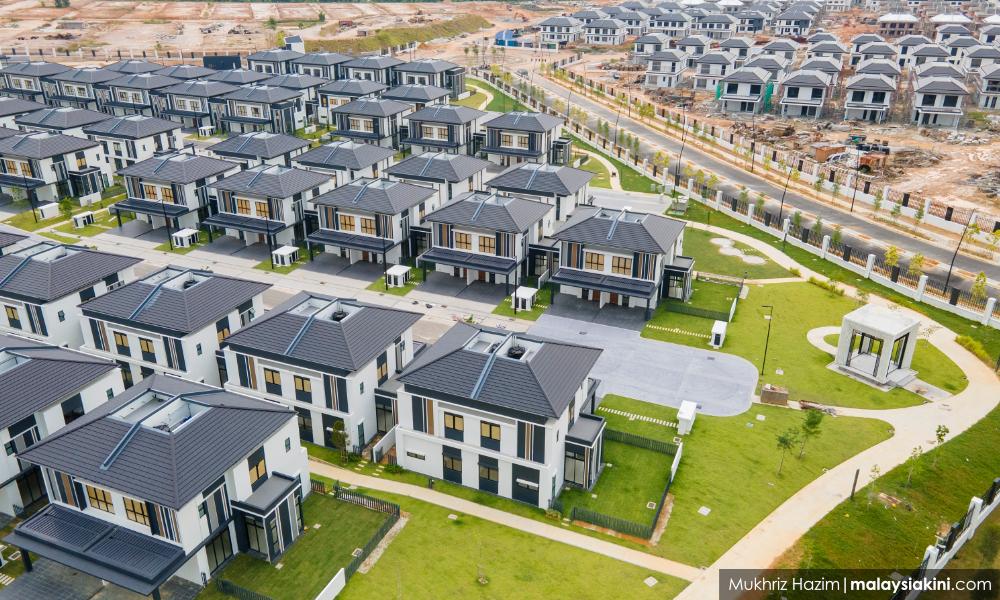MP SPEAKS | To rejuvenate Malaysia’s inner cities, we must address the root causes of the ambivalent attitudes towards cities.
First, Malaysian urban planners and leaders inherited the ambivalent attitude towards cities from the British planning tradition.
The Garden City movement is critical of the terrible and exploitative conditions of urban centres in 19th-century Britain. Therefore, there was an inherent urge to curb the growth of the cities and to move people to the suburbs or idealised rural communities.
For instance, even in the 1950s, Kuala Lumpur was thought to be too congested and thus, Petaling Jaya was developed as a “satellite city”. If those planners knew how congested Kuala Lumpur is today, they would turn in their graves.
Second, Malaysia was essentially a rural society until half a century ago. In 1980, only 35 percent of Malaysians and 15 percent of Malays lived in urban centres.
Today, nearly 80 percent of Malaysians and 75 percent of Malays live in urban areas. Malaysia is now truly an urban nation, but not all minds are urban yet, many decision-makers may still not comprehend the new urban reality of our nation.
Third, Malaysia has adopted an American lifestyle of sprawling suburbs, highways and heavy dependence on private passenger cars - “we became American before we got rich.”

Over the last half a century, Malaysian GLCs and property developers have profited hugely from turning plantation estates into housing estates.
And, for the past 40 years, the government was also been actively involved in selling cars and building highways, yet not using much public funds to subsidise the provision of bus services.
It is time for us to bring Malaysians back into the inner cities.
The “American lifestyle” - the sprawling suburbs, the highways and dependence on private cars is not good for the climate and comes with a very high cost - heavy fiscal burden of subsidies.
Affecting youths, elderly
While the inner-city heritage buildings are dilapidated, many Malaysians spend hours commuting from suburbs to cities to work daily, and the young are not able to afford decent housing, whether to own or rent.
We have yet to take into account the need to provide care for an ageing population which will be a major concern in the coming years. Caring for the aged in disjointed towns and cities without adequate public transport connectivity could exaggerate physical isolation and make the provision of care more difficult.
We, as a nation, should gather all resources to at least provide decent housing in inner cities for a younger set of population who are working in the cities.
For example, instead of developing townships that sprawl into the outskirts, Permodalan Nasional Berhad (PNB) and its major arm Sime Darby should put in major effort to ensure the 15,000 workers who will work at Merdeka 118 can find accommodation within walking distance, especially for those who are earning less than RM5,000 a month.
I hope the architecture community led by the Malaysian Institute of Architects can take the opportunity to organise the Union of International Architects in November this year to reverse a 50-year sprawl and to bring about a fundamental shift in Malaysia’s urban planning. - Mkini
LIEW CHIN TONG is the deputy investment, trade and industry minister and DAP deputy secretary-general.
The views expressed here are those of the author/contributor and do not necessarily represent the views of MMKtT.



No comments:
Post a Comment
Note: Only a member of this blog may post a comment.